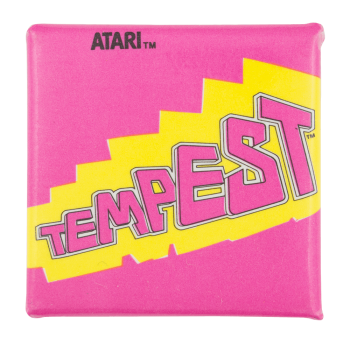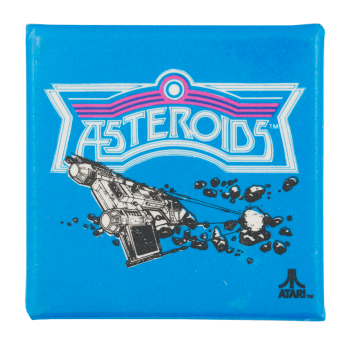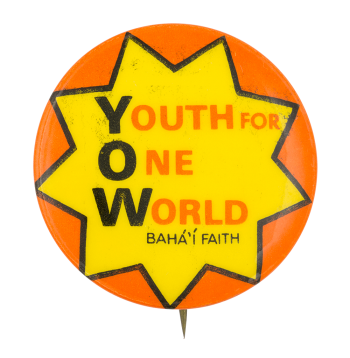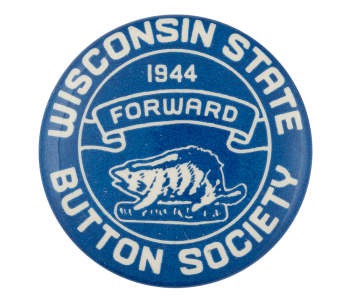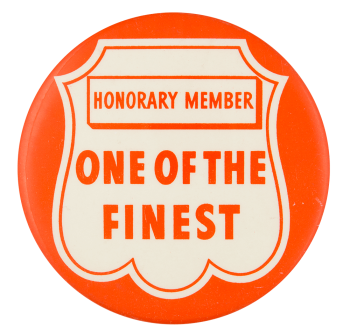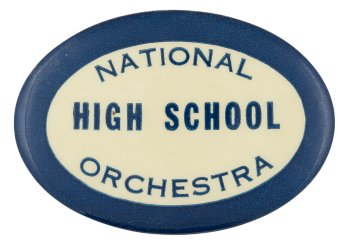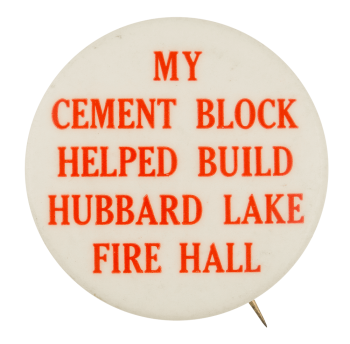The National High School Orchestra was an ensemble of the best high school orchestra musicians in the United States of America in the 1930s. Drawing inspiration from Indiana’s first all-state orchestra in the U.S. in 1922, music publisher Clarence C. Birchard recruited music educator Joseph E. Maddy to gather and lead the first ever all-American orchestra. They intended to gather the best high school musicians in the country for an ensemble performance at the 1926 Music Supervisors’ National Conference in Detroit, Michigan.
Student musicians were recruited by Maddy sending out letters to music educators all over the country asking for recommendations. The initial return was low until it was announced that the music director for the Detroit Symphony Orchestra, Ossip Gabrilowitsch, would conduct the ensemble. Since they didn’t have the ability to hear any of the applicants perform, they selected the 232 musicians from 25 states based on a questionnaire.
The students convened in Detroit on April 11, 1926. They had only six days to prepare for their performance on April 16th. The first rehearsal of the NHSO was not attended by its conductor. Gabrilowitsch was apprehensive that amateurs could perform up to his standards so he sent an assistant to view the rehearsal and report back the results. If it was a poor showing, Gabrilowitsch planned to make an excuse to get out of the event. His assistant did not stay for the entire rehearsal before running back to Gabrilowitsch declaring the NHSO to be “a modern miracle!” Gabrilowitsch conducted the final performance, which was broadcast on local radio and declared a major success.
The NHSO met six more times in Dallas 1927, Chicago 1928 and 1933, and St. Louis 1938. The 1930 NHSO featured two groups: one in Chicago and another on a tour of the east coast. Little is known why the ensemble discontinued, though it is speculated that the economic depression played a role.
The NHSO is credited with demonstrating the importance of music education to school administrators and the public. The NHSO was also a major influence in the creation of Interlochen Center for the Arts.
|

